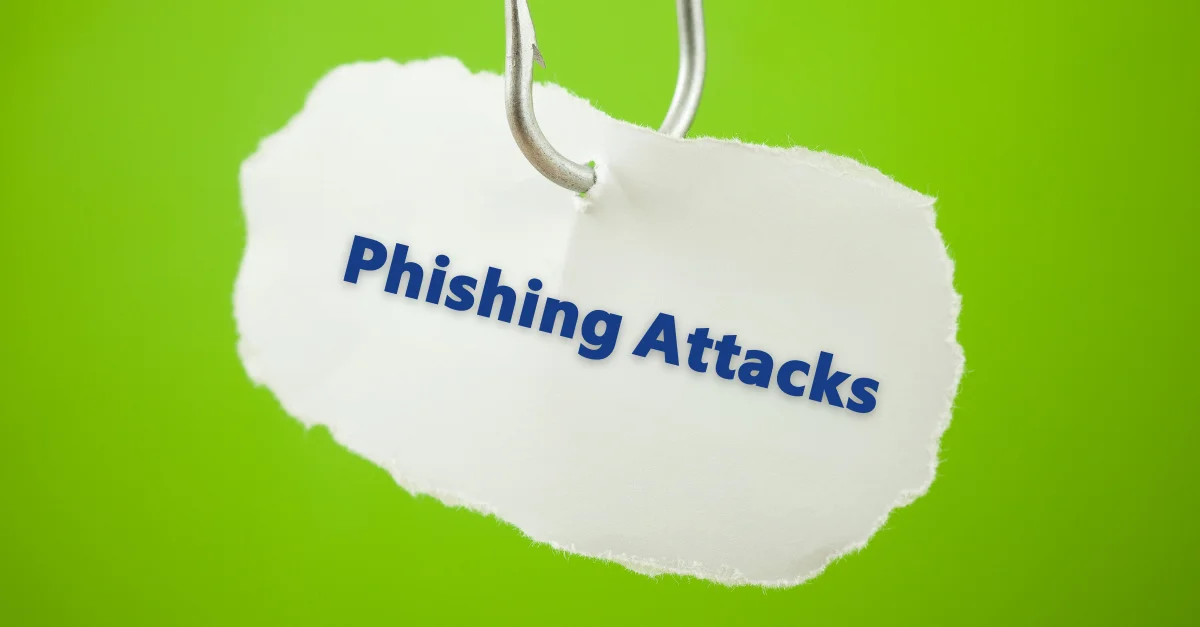For many, the word “phishing” conjures images of suspicious emails riddled with typos and urgent requests for personal information. While email remains a common attack vector, phishing has evolved. Cybercriminals are increasingly using other methods to try and trick you into handing over your sensitive data. It’s crucial to understand these evolving tactics to protect yourself.
Beyond the Inbox: Where Else Phishing Lurks
Phishing attacks aim to deceive you into clicking malicious links, downloading malware, or revealing information like passwords, credit card details, or social security numbers. Here are some of the most common phishing methods beyond email:
- Smishing (SMS Phishing): These attacks use text messages to lure you into a trap. You might receive a message claiming a problem with your account, a prize you’ve won, or a fake delivery notification. The message will often include a link to a fraudulent website. Be wary of any unexpected texts, especially those asking for personal information or containing links.
- Vishing (Voice Phishing): Vishing involves phone calls where the attacker impersonates a trusted entity, such as a bank, tech support, or government agency. They might use scare tactics, like threatening legal action or account suspension, to pressure you into providing information or downloading software. Never give out personal information over the phone unless you initiated the call and are certain of the caller’s identity.
- Social Media Phishing: Social media platforms are ripe for phishing scams. Attackers create fake profiles, impersonate friends or businesses, and spread malicious links through posts, messages, or comments. Be cautious of suspicious messages or posts, even if they appear to be from someone you know. Verify the identity of the sender before clicking any links or providing information.
- QR Code Phishing (Quishing): QR codes, those square barcodes we often scan, can also be used for phishing. Attackers might replace legitimate QR codes with malicious ones that redirect you to a phishing website when scanned. Be cautious of QR codes in public places and always check the URL displayed after scanning.
- Malicious Websites: Phishing websites mimic legitimate ones to trick you into entering your login credentials or other sensitive information. These websites often look very convincing, so it’s important to double-check the URL before entering any information. Look for “https” in the address bar and verify the website’s domain name.
Protecting Yourself from Evolving Phishing Tactics
While phishing tactics are constantly changing, some core principles can help you stay safe:
- Be Skeptical: Don’t trust unsolicited messages or calls, no matter how convincing they seem.
- Verify the Sender: Contact the organization directly through a known and trusted channel to verify the legitimacy of any requests.
- Don’t Click Suspicious Links: Avoid clicking links in messages from unknown senders. Instead, type the website address directly into your browser.
- Protect Your Information: Never give out personal information, passwords, or financial details unless you are absolutely sure of the recipient’s identity.
- Use Strong Passwords and MFA: Strong, unique passwords and multi-factor authentication (MFA) add an extra layer of security to your accounts.
- Keep Software Updated: Regularly update your operating system, browser, and antivirus software to patch security vulnerabilities.
- Be Aware: Stay informed about the latest phishing tactics and scams.
Phishing attacks are a constant threat, but by understanding the different methods attackers use and following these safety tips, you can significantly reduce your risk of falling victim. Remember, vigilance is key. If something seems suspicious, it probably is.
#phishing #phishingattack #cybersecurity #infosec #datasecurity #onlinesafety #staysafeonline #cyberaware #securityawareness
